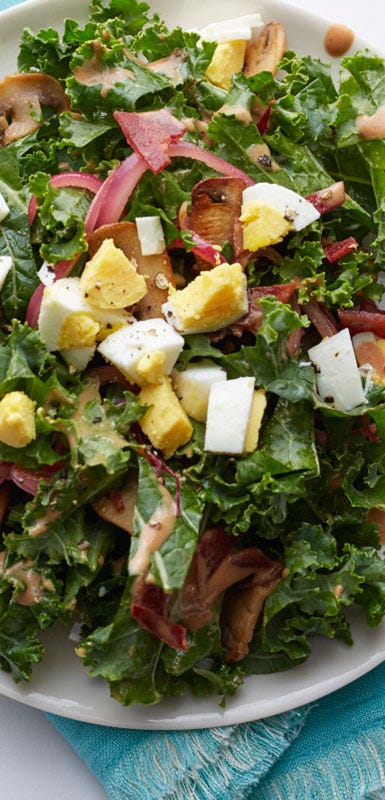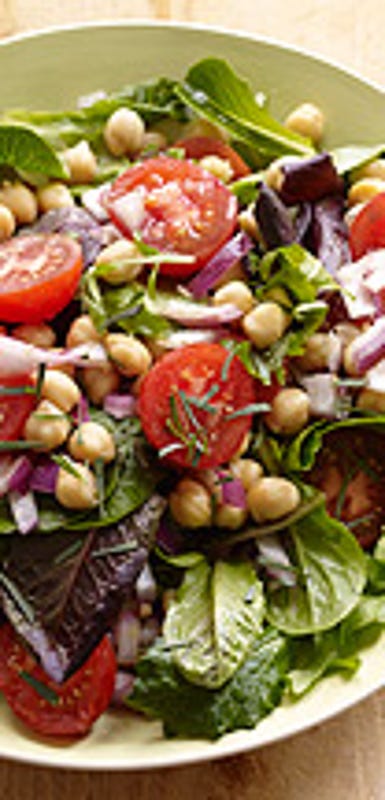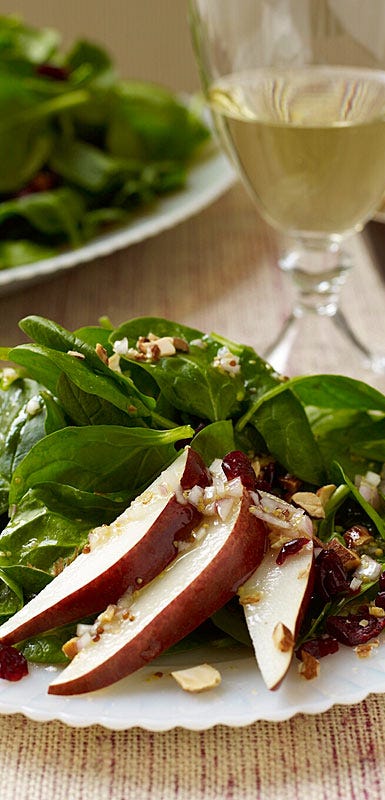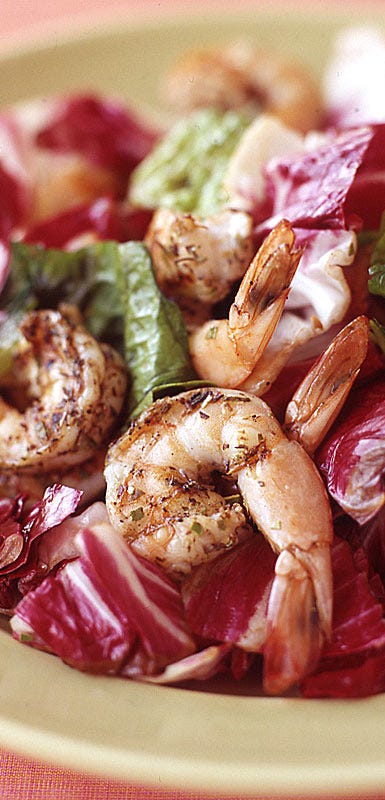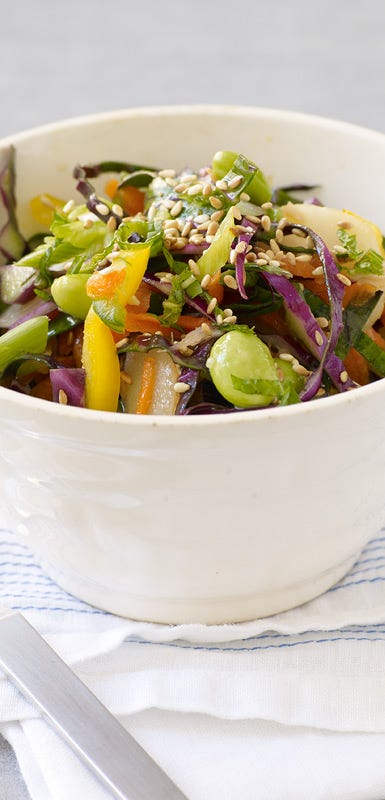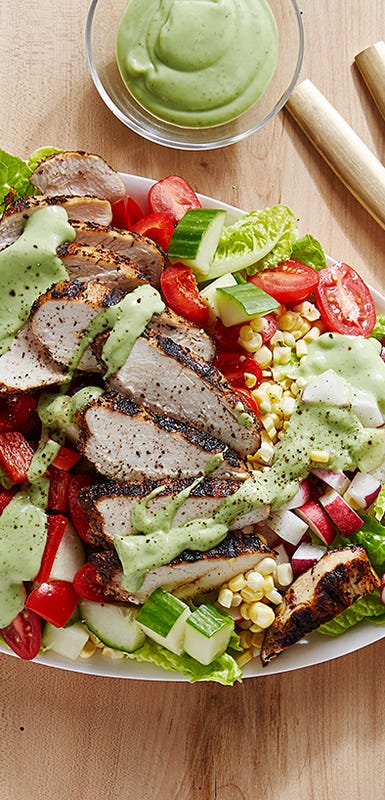The Skinny on Salad Greens
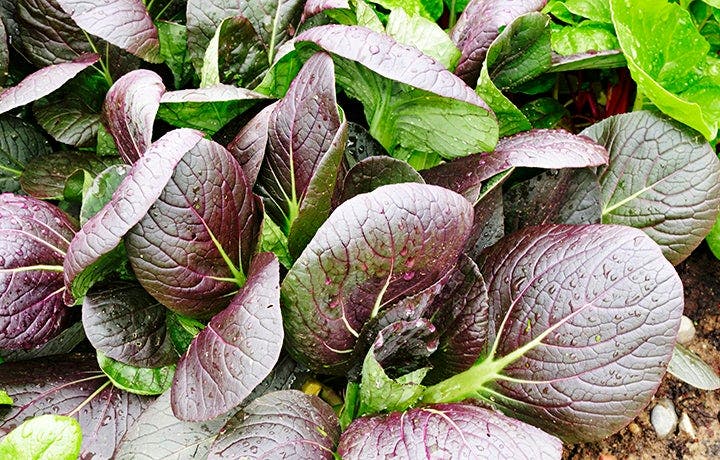
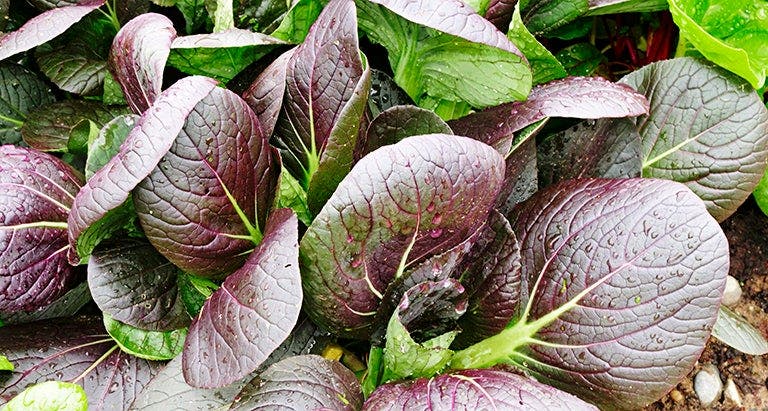
No matter what variety of lettuce you prefer, the key to a crisp, fresh salad is to work with top-notch produce. These shopping tips will help you get the most from your leaves.
Tips for Buying and Storing
- Look for compact heads without mushy spots or brown discoloration. Avoid microgreens or softer lettuces with squishy leaves.
- If you’re buying packaged greens, toss the package a few times to make sure there’s no hidden rot among the leaves.
- For storage of head lettuces, remove the root knot or ball, separate the leaves and place them in a cleaned sink filled with cold water. Give them a stir, then leave them for a couple minutes, stirring occasionally to let any grit fall off the leaves. Repeat this process once or twice until no grit remains on the leaves.
- If you have a salad spinner, scoop the wet leaves into it (leaving the water and grit behind), dry them by spinning, and then drain off the water in the spinner. Cover again and store the greens in the spinner in the refrigerator for up to a week.
- If you don’t have a salad spinner, scoop the wet leaves out of the sink and dry them between layers of paper towels. Roll the leaves up between dry layers of paper towels and seal them in a large plastic bag. Poke a few holes in the bag for aeration and store in the refrigerator for up to a week.
Beyond Salad: Other Things to Do with Greens
Tired of tossing cold greens into a bowl and calling it a meal? Think beyond the salad spinner, and use your salad greens in these innovative, delicious ways.
- Stronger microgreens like arugula and watercress are great on pizzas and in panini. You can also shred radicchio or endive for the same purpose.
- Escarole, sorrel and dandelion greens are great in soups and stews. Just chop the leaves and stir them in for the last 10 to 15 minutes of cooking time.
- Hearty lettuces like escarole, romaine, Belgian endive, and radicchio can be halved or quartered through their roots (rather than chopped), sprayed with nonstick spray and then grilled. Cook them over direct heat for no more than 5 minutes, just until a little softened and warmed up.
- Larger leaves of romaine, radicchio, Boston, or Bibb lettuce make nice cups for the likes of tuna salad or tabbouleh.
- Large soft leaves of Boston, red leaf or green leaf lettuce can become the wraps for savory fillings, summer rolls, or newfangled burritos.
- The best greens on burgers? Watercress, romaine, mâche, and radicchio.
A Visual Buying Guide for Greens
From arugula to watercress, in varied shapes and shades, greens are versatile both raw and cooked. Here’s what you need to know about choosing, using and enjoying this year-round standard.
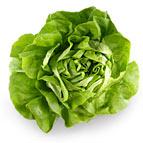
|
Butterhead |
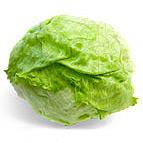
|
Crisphead |
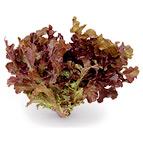
|
Loose-leaf |
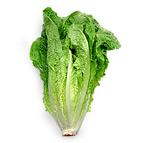
|
Long-leaf |
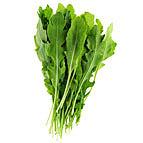
|
Arugula |
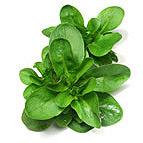
|
Mâche |
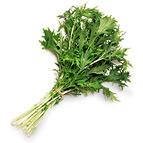
|
Mizuna |
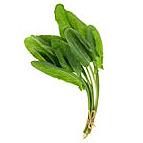
|
Sorrel |
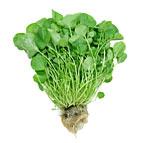
|
Watercress |
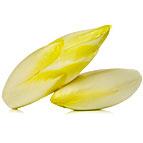
|
Belgian endive
Curly endive |
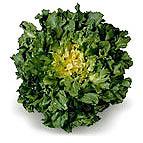
|
Escarole |
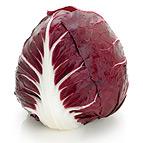
|
Radicchio
Dandelion greens (Not pictured) |

